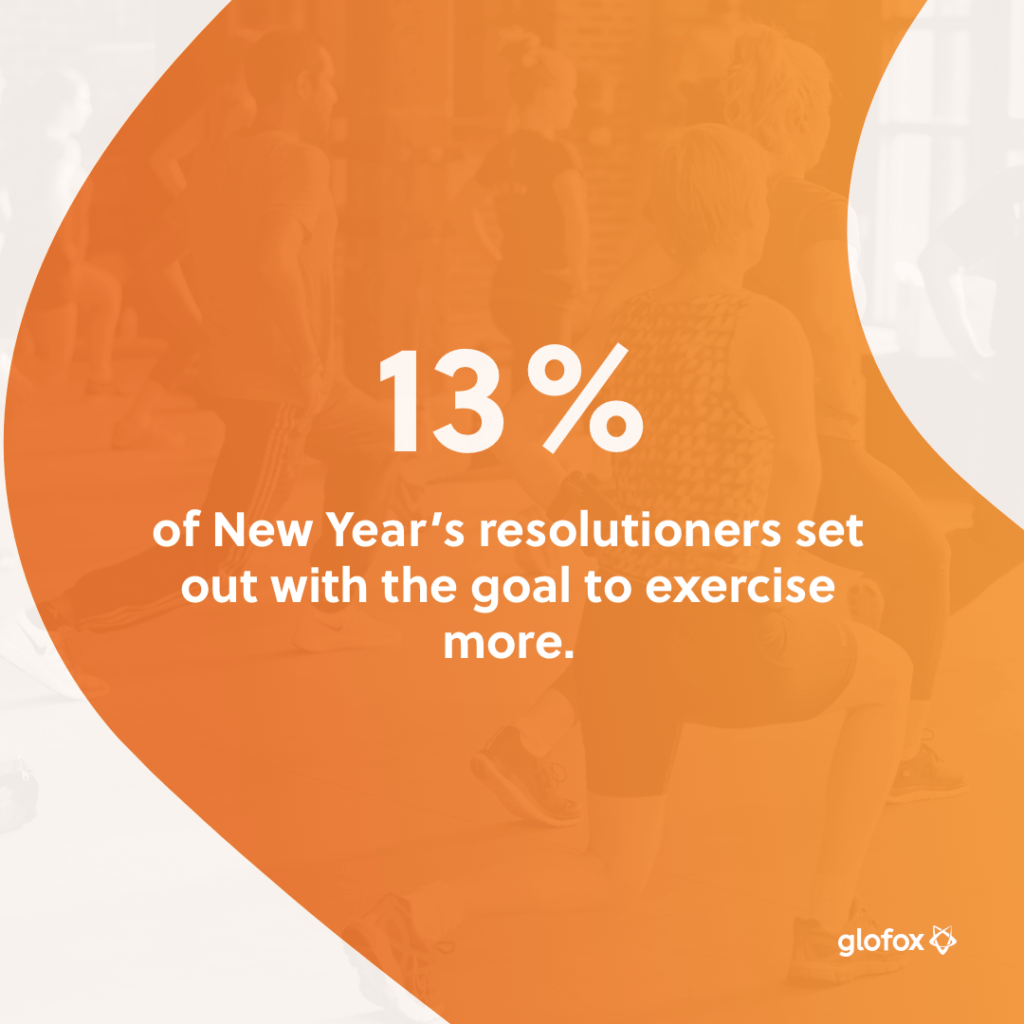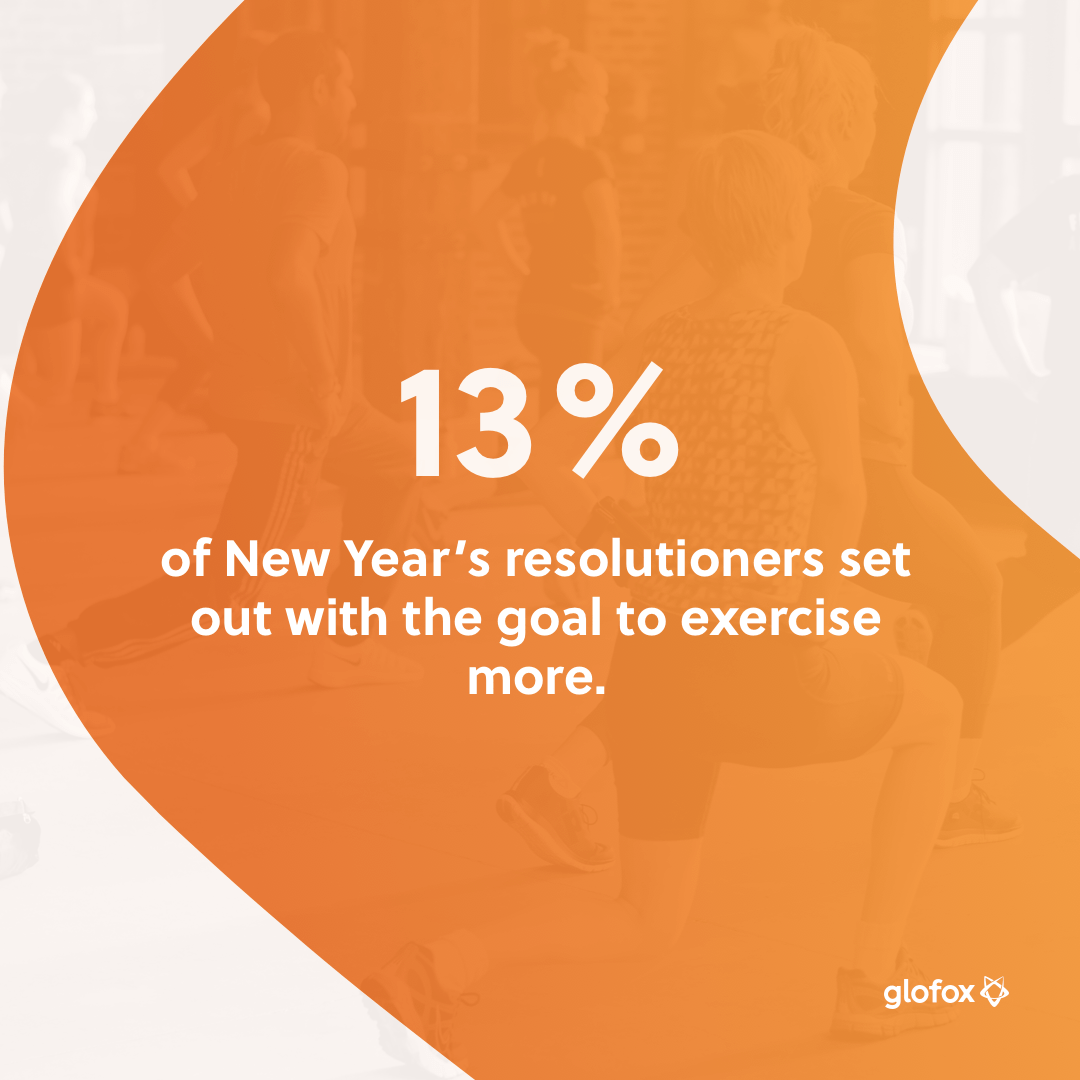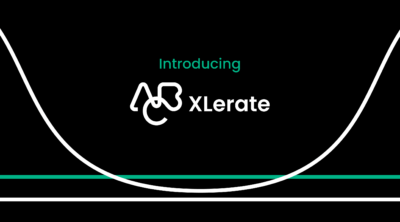“New Year, New Me” is the resolution on everyone’s lips every January. And in a survey from NPR and The Marist Poll in 2018 showed that 13% of resolutioners set out with the goal to exercise more, making it the most popular resolution in the U.S. But when it comes to client motivation, it can be challenging to keep members engaged past January.
Inevitably, you’ll notice a spike in signups and class attendance during the January gym rush.
But come February, you start noticing the first few drop-outs. Then it’s March, and another few faces are missing. By April, your memberships have plateaued, and everything is back to normal.
For most, this drop-out comes down to one main reason: lack of motivation. As many as 73% of people who set a fitness goal as part of their New Year’s resolutions give up.
It’s usually down to a lack of tools and systems in place to ensure that initial buzz and excitement keeps going strong.
If you can master the art of motivation, you’ll fill your members with a sense of achievement and improve your gym member retention in the long-run.
Skip ahead to:
Defining Motivation
Motivation is a thought process that directs your behavior towards a particular goal, such as meeting a physiological, emotional, or social need. Fulfilling these needs often leads to a sense of satisfaction, which in turn motivates you to do it again.
Essentially – motivation is the reason you do something.
Hunger, for example, is a physiological need that motivates you to buy groceries, prepare a meal, and then eat it to satisfy your hunger. Unless you decide to take a shortcut and order takeaway. But one too many regular takeaways could make you overweight, prompting a new motivation – to exercise.
While simple in theory, unfortunately, motivation is not always so simple in practice. If it were, there wouldn’t be so many people signing up for gym memberships in January only for them to give up soon after.
Activation, Persistence, and Intensity
In psychology, motivation is having three components: activation, persistence, and intensity.
Let’s put that in the context of being a gym member:
- Activation is when your members decide to sign up for your studio or class to get in shape.
- Persistence is their commitment to show up and do the exercises every day or week.
- Intensity is the amount of effort they put into doing the exercises to meet their goals.
As you can see, these components can present potential stumbling blocks that prevent your clients from meeting their goals. Activation may lead them to sign up, but a lack of persistence or intensity could result in them dropping out.
So what motivates gym-goers?
Intrinsic and Extrinsic Motivation
Motivation is an internal process that can have both intrinsic and extrinsic origins. These terms may sound complicated, but they’re actually pretty simple.
Intrinsic motivation is, for example, when your members exercise because it brings them joy. The workout releases endorphins in their brains and makes them feel good – and that’s reason enough to attend your classes. The motivation comes from within.
Extrinsic motivation, on the other hand, is when your clients exercise because of external influences. It could be the social pressure to stay fit, or it could be the praise you give them after they’ve put in a good effort. Here, the motivation comes from external factors.
A combination of intrinsic and extrinsic motivation will lead your clients to activation, persistence, and optimal intensity.
What Causes a Lack of Client Motivation?
Whether it’s sticking to a nutrition plan or showing up to class, if you’re in the fitness business, you’re likely familiar with members lacking motivation at times. There can be many intrinsic and extrinsic reasons – since every person is unique.
Let’s go through some of them to help you identify why clients may be unmotivated.
1. Unrealistic Goals
If your clients don’t have realistic goals, then they’re set up for failure – especially if they’re new to an exercise routine. A common mistake new gym-joiners make is committing to hitting the gym every day. While it may seem like a good way to achieve results fast, it can also lead to burnout. It’s an unrealistic goal for most; daily circumstances can change, meaning you a client has to skip out on their pre-planned gym session.
Your members may overestimate their ability to stick with an intense program and will lose motivation when they fail to meet their own expectations. Once they’ve had to cancel one session, it’s easy to feel like a failure and lose motivation entirely.
Fad diets and calorie counting can also be unrealistic. That’s particularly true if your clients are making a radical change to their eating habits. Making a switch from one day to another is a sure-fire way to lose motivation and, in turn, all the positive effects of a healthy diet.
2. No Sense of Progress
It’s not always easy for your clients to track their own progress even if they’ve set realistic goals for themselves.
The Customer
Engagement Playbook
for Your Fitness
Business
Discover more Since most of us see ourselves in the mirror on a daily basis, we don’t notice the little changes that take place over time. If your clients don’t step on the scales regularly, they may not see that they’re losing body fat or gaining more muscle – depending on what their goals are.
If your clients are following an exercise program, then it’s also crucial for them to keep a workout journal. Without that, it can be challenging to keep track of how well they stick to their gym routine. It’ll also be hard to see the increases in weight lifted, distance run, and so on.
3. Negative Reinforcement
Sometimes, negative reinforcement can work. For example, if you get hit in the face during a sparring session, then you’ll quickly learn to put your guard up. Other times, however, negative reinforcement can be detrimental to your clients’ motivation.
Another example is to focus on negative and dismiss positive outcomes. Your clients could let one bad session ruin their mood because they forget about the previous five sessions where everything went well.
Finally, everyone is unique, and it can be very harmful to your clients’ confidence if they constantly look at how well other people are doing. You should, therefore, encourage your clients to only compare themselves to who they were yesterday.
6 Ways to Boost Client Motivation
With an understanding of what motivation is and the stumbling blocks that your clients face – it’s time to look at how you can boost their motivation and, in turn, your retention.
1. Set Realistic Goals
Since unrealistic fitness goals are the bane of motivation, you should help your clients to set realistic ones. To keep it simple, make sure that your clients focus on one goal at a time.
The SMART method is popular in both business and fitness because it breaks goal-setting down into Specific, Measurable, Attainable, Relevant, and Time-bound components.
Think of using a combination of both short and long-term goals. The short term ones should be more easily achievable – as reaching them is what will motivate members to keep pushing towards the long-term ones.
2. Provide Positive Reinforcement
As mentioned, negative reinforcement can often be detrimental to your clients’ motivation. That’s why you must identify ways to provide them with the opposite: encouragement.
You can do this in simple ways:
- Praise members for a job well done after a session.
- Reward them with a free guest pass to their next session.
- Add them to your gym’s wall of fame as ‘member of the week.’
- Share their achievements on your social media.
3. Evaluate and Track Progress
It’s essential to keep track of your clients’ progress to show them how far they’ve come since they joined your gym or class.
Fortunately, there have never been more tools available for tracking your clients’ fitness progress than there are now.
Here are some examples to get you started:
- Keep a workout journal.
- Check body composition.
- Perform regular fitness tests.
- Use a tape measure.
- Take front and side pictures.
- Use fitness wearables.
Remember that tools such as scales and tape measures don’t tell the whole story. That’s why it’s a good idea to use multiple tracking methods to get the full picture of your clients’ progress.
4. Create A Sense of Community
Although some people prefer to exercise alone, many like to feel like they’re part of something. Building a fitness community for your studio is key for motivating these types of members.
This is a topic Katie Daniel, founder of Ambition Fitness, talks about in this episode of The Fitness Founders Podcast.
“Things that make your consumers and your clients excited and builds community that’s outside of the 45-minute class is very important.”
During the show, she talks about creating a perfect member journey and how this has helped her grow a franchise ready studio in less than 12 months.
There are a few simple you can encourage a sense of community at your gym.
- Hold regular events and workshops.
- Create a Facebook group where people can share achievements and ask for advice.
- Build a community on your social media.
- Create a buddy system for new class joiners.
5. Implement Fitness Challenges
Fitness challenges are a great way to keep your members motivated to hit their goals and remember why they signed up in the first place. It’s an excellent tool that any studio can use to engage members.
Many of your clients will have a competitive side that you can tease out to increase their motivation. It’s a tried and tested way to provide an extrinsic reason to workout.
As with all competitions, you have to think about the desired outcome and the rules for the challenge. Check out this post for 8 fitness challenge ideas to supercharge acquisition and retention.
In Summary
Keeping clients motivated is what keeps them coming back to your studio. Each person is unique, so you’ll need to recognize which aspects drive them on an individual basis to keep them coming back. So whether it’s an emphasis on setting realistic goals, progress tracking, positive reinforcement, or a combination of everything we’ve discussed in this article – there’s something that will motivate every one of your members.

















